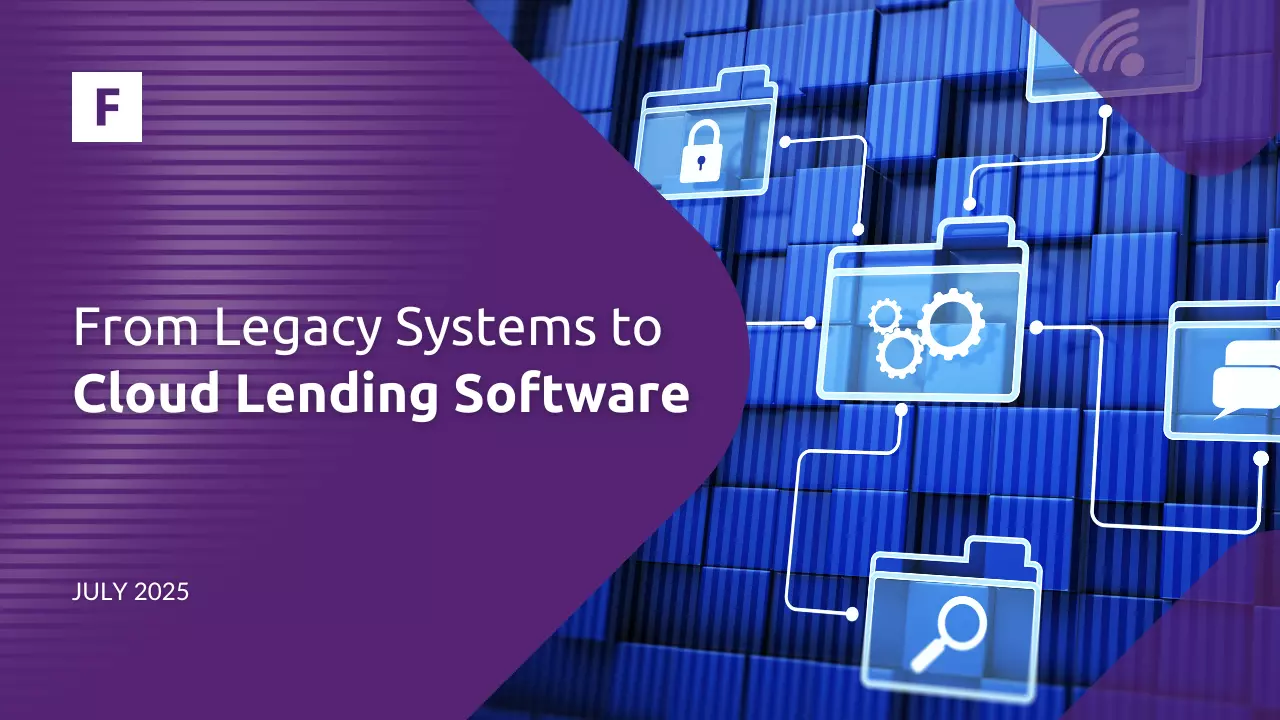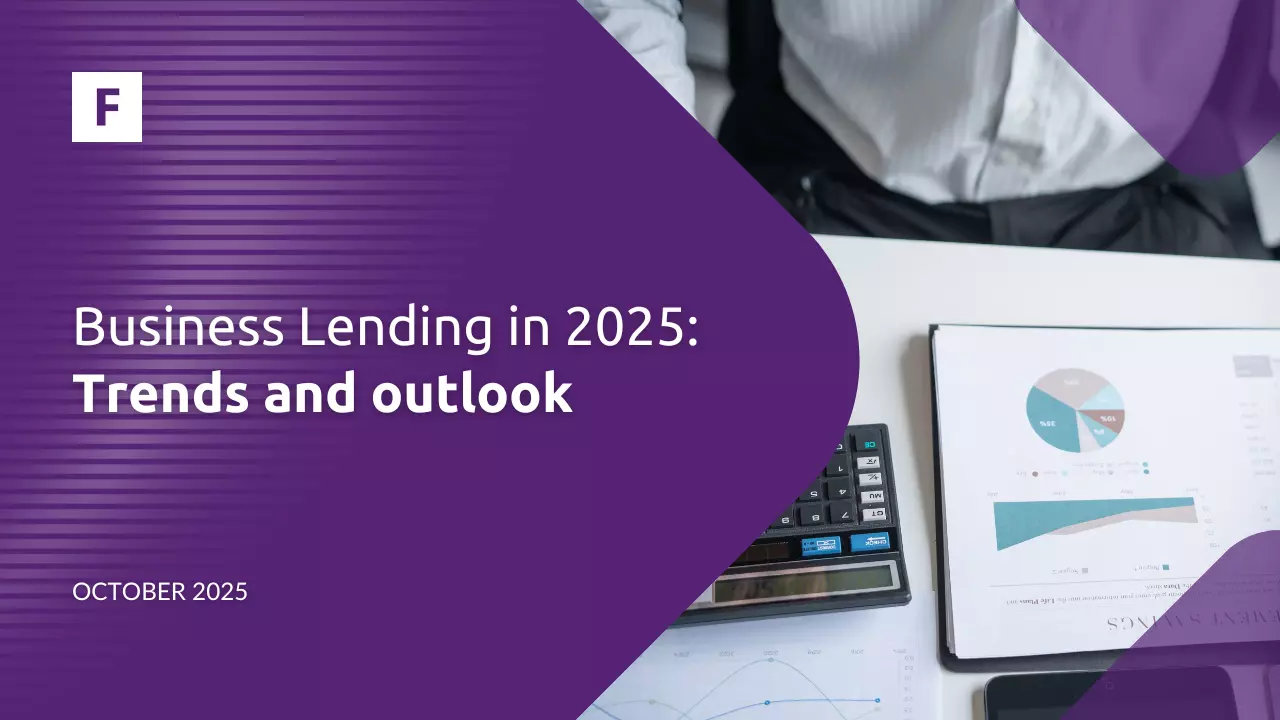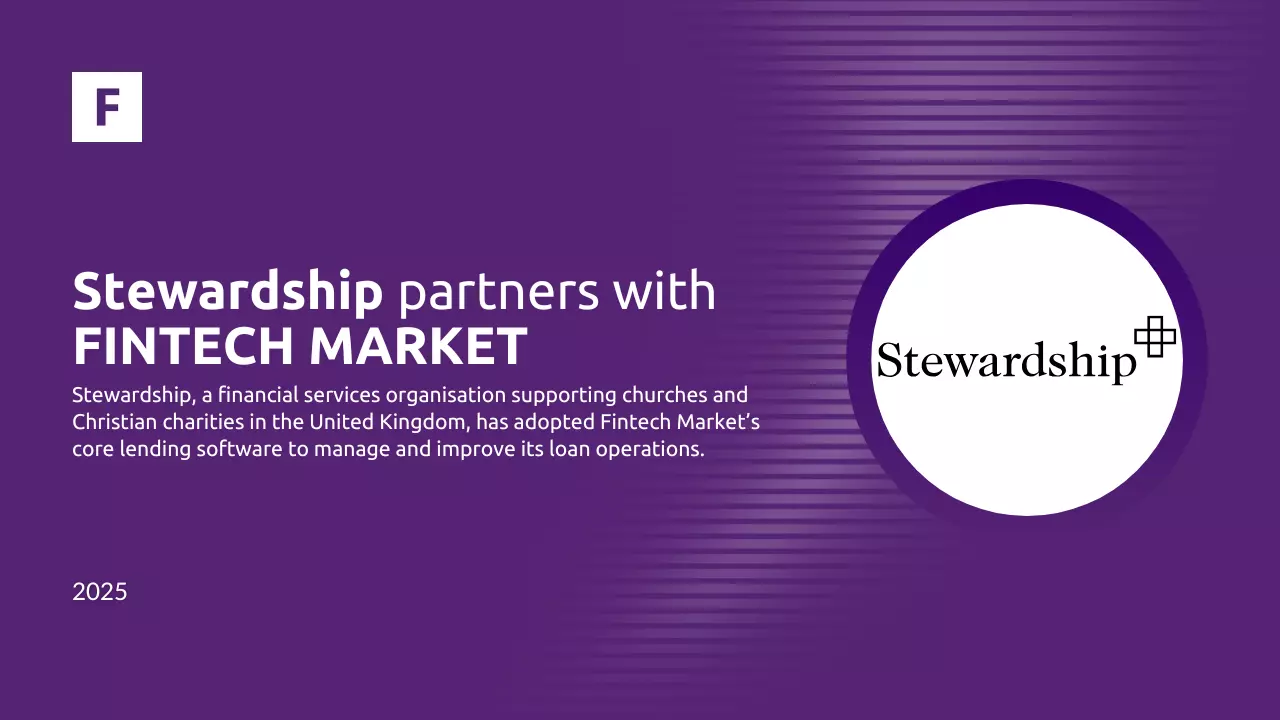The Shift in The Market
When applying for a loan --- a mortgage, a car loan, or even a quick online credit --- there's an engine working behind the scenes to make it all happen: a Loan Management System (LMS).
An LMS tracks everything from initial application and credit checks to payment schedules, interest calculations, and collections if things go sideways. It's the system banks, credit unions, and lenders rely on to manage millions of dollars in loans efficiently, securely, and in compliance with regulations.
Most of these systems have been built on legacy technology for years, old, clunky, and hard to update. In 2025, the financial industry is finally making a significant shift: moving away from outdated legacy systems toward cloud-native platforms that are faster, smarter, and ready for the future.
These are the main key takeaways from this article:
Legacy systems limit innovation
Cloud-native solutions are the future
Lending software fuels embedded finance
Reshaping lending
A report by 10x Banking shows that 55% of banks see their core banking systems as the most significant barrier to reaching their digital transformation goals. Based on a survey of over 200 senior IT leaders, the findings highlight an urgent need for banks to move toward modern, more flexible banking solutions.
According to McKinsey & Company, despite widespread knowledge of cloud technology, many companies still do not use this potential.
This transformation isn't just a tech upgrade --- it's redefining how loans are created, managed, and experienced by customers worldwide.
Challenges with Legacy Systems
There's no fixed timeline for when technology becomes "legacy." Some legacy systems, especially banking systems, have been used for over 30 years. A classic example is the widespread use of COBOL, a programming language from 1959, which was still running in over 40% of U.S. banks into the early 2020s.
Lenders today face significant challenges, such as data overload, non-performing loans, and inadequate risk management. Disorganized data across multiple systems hampers decision-making, while non-performing loans drain resources and affect profitability.
Weak risk management further exposes institutions to financial and reputational risks.
Solutions include centralizing data, using advanced analytics to monitor loans proactively, and adopting stronger risk assessment models to evaluate creditworthiness better and minimize losses.
Credit decisioning software is crucial in strengthening these risk assessment efforts by enabling lenders to make faster, more accurate, data-driven credit decisions.
By automating key evaluation processes and integrating real-time data, credit decisioning software helps institutions reduce bias, enhance compliance, and streamline approval workflows---ultimately supporting more responsible and efficient lending practices.
Delays are another common bottleneck caused by legacy systems. Management must rely on incomplete updates without a systematic way to track the loan process. A transparent tracking system improves visibility, provides an audit trail, enhances pipeline management, and leads to better forecasting of loan processing stages.
Operational unpredictability increases risk by disrupting portfolio management, investment decisions, and workflow efficiency. These disruptions can undermine effective risk management and ultimately hinder long-term performance and stability.
Loan servicing also involves managing payments, updating borrower records, and ensuring compliance after issuing a loan. Critical aspects include keeping up with changing regulations, maintaining accurate data, and dealing with fragmented systems.
Financial institutions must prepare not just for current needs, but for a rapidly evolving future shaped by new technologies like AI and unforeseen regulations. Relying on fragmented legacy systems is increasingly costly and hampers the ability to launch new products.
Modern lending platforms, equipped with APIs, enable banks to integrate new features more easily, but legacy systems make this process unnecessarily complex. Migrating to a unified, flexible platform helps banks future-proof operations, stay compliant, and tap into third-party ecosystems efficiently.
Beyond the technical and regulatory benefits, moving to integrated systems also addresses the growing risk of outdated skills. It ensures that banks can better serve customers and stay competitive in corporate lending.
How to Overcome Challenges?
Successfully implementing cloud-native loan servicing requires a thoughtful and strategic approach. Lenders should define their goals and objectives to guide the cloud migration process effectively. Selecting the right vendor is crucial, with careful consideration of their expertise, technology offerings, and compatibility with the lender's business needs.
Data migration must be handled with careful planning and sufficient resources to avoid operational disruptions. Adopting a phased implementation strategy allows institutions to gradually transition to cloud-native systems, reducing risks and enabling smoother adaptation.
Cloud Native Systems
Cloud-native refers to a modern approach to building, deploying, and running software applications specifically designed to leverage the full capabilities of cloud environments. Unlike traditional, rigid IT infrastructures, cloud-native systems are dynamic, scalable, and cost-effective.
This mindset promotes flexibility, continuous delivery, and rapid innovation. Spearheaded by organizations like the Cloud Native Computing Foundation (CNCF), which supports a vast ecosystem of tools and contributors, cloud-native principles reshape industries, including financial services, by enabling more agile, efficient, and resilient operations.
As the financial sector continues its digital transformation, modern infrastructure is becoming essential to keep pace with innovation and customer expectations. Cloud-based LMSs are key to the future of digital lending.
They enable faster deployment, secure remote access, and seamless integration with AI, blockchain, and data analytics, helping financial institutions modernize and grow more flexibly.
Evolution of BNPL
In 2025, embedded finance and the Buy Now, Pay Later (BNPL) model will continue to grow, enabling non-financial businesses to offer lending directly within their platforms. Retailers and e-commerce sites will integrate lending at checkout, while subscription-based BNPL and instant microloans without extensive credit checks will become more common.
This growth will be fueled by advancements in lending software, particularly in credit decision-making and automated risk assessment, which simplify how businesses embed financial services into their offerings.
Modern credit decisioning software, powered by a decision engine, enables real-time loan approvals and tailored financing solutions based on individual risk profiles. As the decision engine evolves alongside lending technology, it will support seamless integration with digital platforms, paving the way for faster, smarter, and more personalized lending experiences.
Major players like Amazon and Shopify have already embedded these features to enhance the customer experience.
Our Solution
Fintech Market's Loan Management System is a versatile and reliable solution that supports various business models. Its flexible setup options and advanced loan tracking capabilities are ideal for servicing multiple financial services, including consumer and SME lending, factoring, buy-now-pay-later, car rental and leasing, and neo banking.
Consumer Lending
Our Consumer Lending System helps financial institutions serve underserved customers by offering customizable loans, real-time risk monitoring, and automated repayments. This boosts financial inclusion, reduces risk, and enhances overall lending performance.
The loan origination software offers flexible loan terms, interest rates, and customized offers tailored to credit scores and risk assessments. It streamlines the origination process with built-in tools for credit scoring, automated underwriting, and document generation.
The loan origination software also includes a CRM module to enhance customer relationship management.
SME Lending
SME Lending System streamlines the entire loan lifecycle with customizable loans, automated credit assessments, and real-time portfolio monitoring. It improves efficiency, reduces operational costs, enhances risk management, and supports scalable, data-driven lending for financial institutions and private lenders.
Factoring
Factoring Software enables financial institutions to deliver tailored cash flow solutions through invoice and property rent factoring. Fast invoice uploads, automated document handling, and flexible fee settings streamline liquidity management, rent financing, tenant oversight, and rent collection.
Car Leasing
Car Lease Software streamlines leasing operations with automated contracts, fleet management, risk-based pricing, and built-in compliance tools. Customizable lease terms and integrated KYC verification enhance car leasing companies' operational efficiency, security, and regulatory compliance.
This flexibility makes us an ideal partner for institutions seeking scalable, future-ready loan servicing solutions.
Key Trends
One of the key trends anticipated for the future is the rise of AI use. According to Lloyds Bank's latest Financial Institutions Sentiment Survey, AI investment among UK financial institutions has doubled in a year, with 63% now investing in emerging technologies, up from 32% in 2023. The survey of over 100 senior decision-makers shows that 81% view AI as a significant business opportunity, and nearly half have set up dedicated AI teams or partnered with AI specialists.
Key emerging benefits include improved productivity, competitive advantage, and deeper customer insights. Leaders from Lloyds Bank highlight that AI has moved from exploration to practical application, marking the start of a significant technological shift in the financial sector.
Blockchain
Blockchain-based loans are revolutionizing the lending industry by allowing borrowers and investors to connect directly without needing a traditional bank or intermediary. All loan terms---such as interest rates, repayment conditions, and collateral management---are securely written and automatically executed through smart contracts.
This approach benefits both parties: borrowers gain access to lower interest rates, while investors receive higher returns, as there are no intermediary fees.
Beyond financial advantages, blockchain lending significantly improves speed, transparency, and security. Transactions can be completed in minutes instead of weeks, and the entire process is traceable, tamper-proof, and easily auditable. Smart contracts are customizable and self-enforcing, reducing the need for manual oversight.
As climate change intensifies, banks and fintech companies increasingly turn to Green Finance, developing sustainable financial solutions powered by technology to reduce emissions and support ESG goals. Existing tools like green bonds and eco-friendly digital currencies are gaining traction, and more environmentally conscious products are expected to emerge.
At the same time, quantum computing, though still in its early stages, holds transformative potential for fintech. It promises breakthroughs such as instant loan approvals, real-time fraud detection, and advanced financial modeling. As pilot projects expand, quantum technology may revolutionize risk management and investment strategies.
Adopting these approaches also helps companies attract top tech talent and stay competitive in an evolving digital lending landscape.
Who Has Transitioned to Cloud Systems
Alex Bank, a digital bank in Australia, successfully launched its fixed-term deposits using a cloud-based banking platform. This rollout, completed in under four months, builds on the bank's existing use to offer personal loans and savings accounts through fast, AI-driven digital processes.
Since receiving an unrestricted banking license in December 2022, Alex Bank has grown rapidly, achieved strong deposit flows, and delivered streamlined, personalized banking experiences.
Our Partners
Our partners bring vital expertise that supports the transition to cloud-native systems in the financial sector. With deep knowledge in modern infrastructure, API integration, data migration, and risk management, they can help streamline the shift away from outdated legacy systems. Take a look at them here.
Recap
As the financial industry embraces cloud-native platforms, the shift from legacy systems to modern, scalable solutions transforms the loan servicing market, shaping its future beyond 2025. The future of lending is digital and focused on meeting the evolving needs of institutions and their customers.






